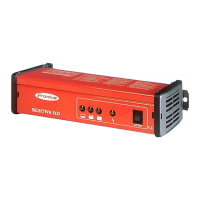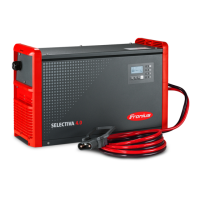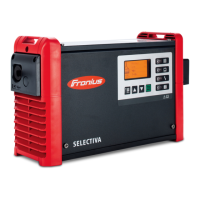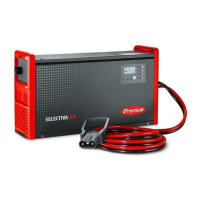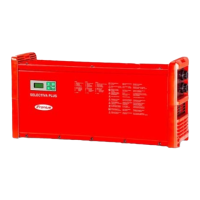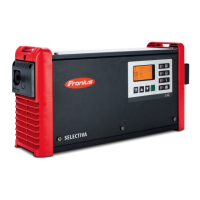Before commissioning
Safety
WARNING!
Danger from incorrect operation.
This can result in severe personal injury and damage to property.
▶
Do not use the functions described here until you have fully read and under-
stood the following documents:
▶
Operating Instructions,
▶
all the Operating Instructions for the system components, especially the
safety rules,
▶
Battery and vehicle manufacturer's Operating Instructions and safety rules.
Intended use The battery charger is intended to charge the following listed batteries. Any oth-
er use is deemed to be "not in accordance with the intended purpose". The manu-
facturer shall not be liable for any damage resulting from such improper use. In-
tended use also means
-
Following all the instructions in these Operating Instructions
-
Regularly checking the mains cable and charging cable
WARNING!
Danger from charging dry batteries (primary cells) and non-rechargeable bat-
teries.
Serious personal injury and property damage due to leaking batteries may result.
▶
Only charge the types of battery listed below.
WARNING!
Danger from charging unsuitable batteries.
Serious personal injury and property damage as a result of escaping gases, igni-
tion, or explosion may result.
▶
Only connect batteries to the battery charger which are suitable for the bat-
tery charger in terms of their type, voltage, and capacity and which corres-
pond to the settings on the battery charger.
The battery charger is designed for charging lead acid batteries, NiCd batteries,
and Li-ion batteries.
-
Pb-WET batteries (PzS, GiS, etc.):
Vented lead acid batteries with liquid electrolyte.
-
Pb-GEL batteries (PzV, GiV, etc.):
Valve-regulated, sealed lead acid batteries (VRLA) with fixed electrolyte (gel
or fleece).
-
NiCd batteries:
Vented or sealed NiCd batteries with liquid electrolyte.
-
Pb-CSM-WET batteries (Copper Stretch Metal):
Vented lead acid CSM batteries with liquid electrolyte.
-
Lead Crystal batteries:
Type EVFJ/CNFJ Lead Crystal batteries.
-
PzQ batteries:
For heavy-duty applications.
12
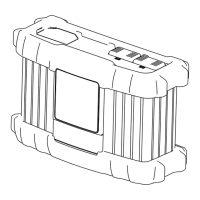
